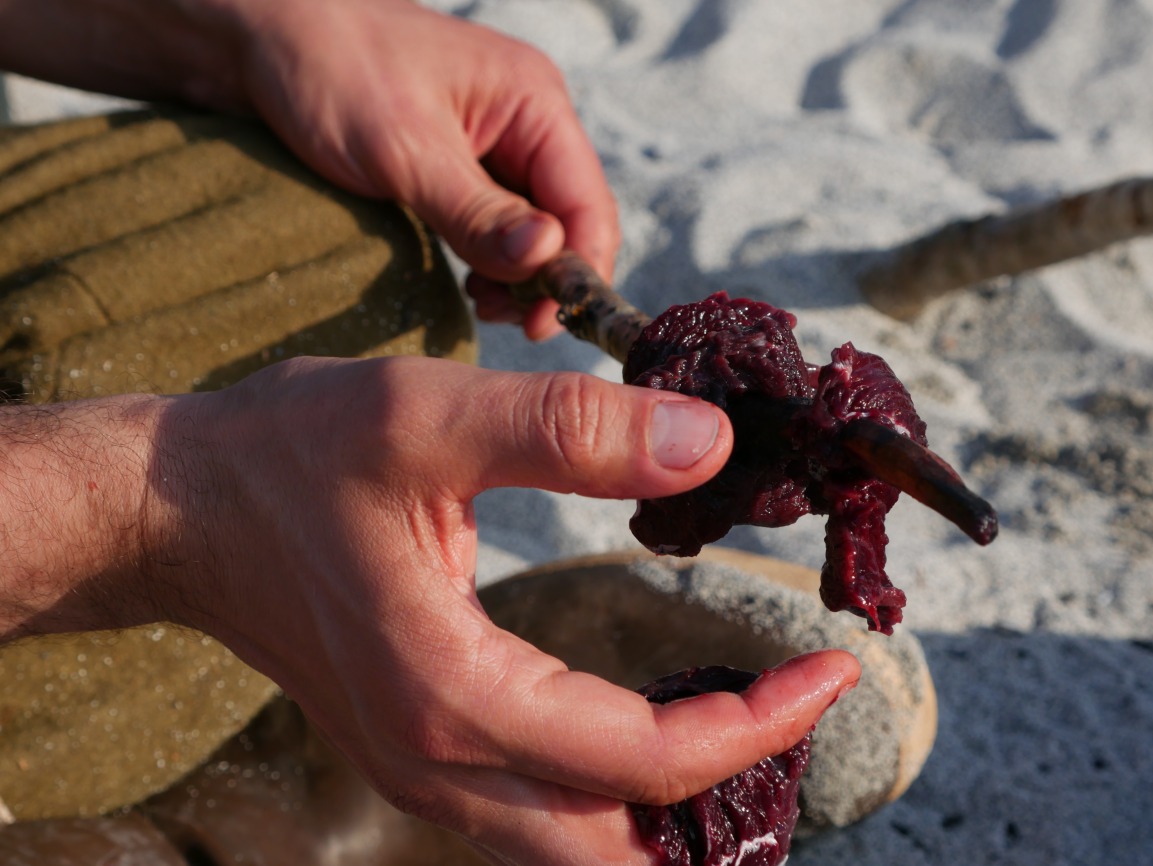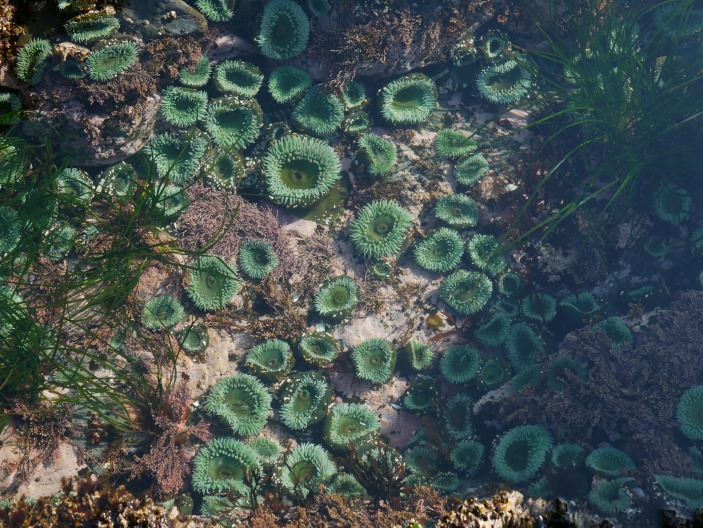The Lessons
Our curriculum is intended for high school and undergraduate college/university students, with three of its seven lessons meeting specific NGSS standards. Each lesson is designed for a one-hour class period, though all lesson content is scalable to fit shorter or longer sessions. Students will derive maximum benefit by watching the film and completing all seven lessons in their intended order, as lessons are sequenced to create an arc of subject familiarity and comprehension. That said, some educators may elect to screen the film for their students without implementing the accompanying curriculum, or to implement only the individual lessons that are best suited to their students’ interests and learning objectives.
Lessons include contextual information about the specific topics and subtopics explored; an identification of the lesson’s learning objectives; preliminary reading material; and in-class exercises. Analysis of our film is paired with additional audio, video, and text media to investigate the curriculum’s key inquiries.
The curriculum—including all seven lessons and a screener of the film—is available to educators for free. We simply ask that you: 1. Provide us with basic info about the educational setting the curriculum was used in; 2. Respect that our curriculum is copyrighted material containing Indigenous intellectual property; and 3. Respect that our curriculum is intended for educational purposes only, and that you refrain from distributing it without our prior consent.

